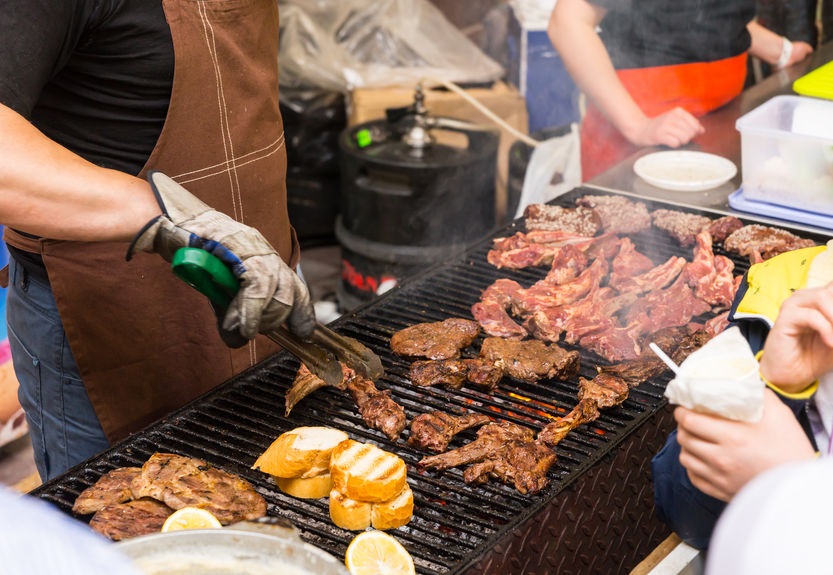
A Michelin Star is among the highest honors a restaurant can receive, but how do restaurants earn these stars, and where did the Michelin Guide come from?
The Michelin Star rating system, which recognizes excellence in cooking, has an unexpected history that is not directly related to food. To know more about Vikas Nath
The Origins of the Michelin Guide
The Michelin Guide was created in 1900 by André and Édouard Michelin, the founders of the French tire company, Michelin. The goal wasn’t to review restaurants but to encourage people to drive more, creating a need for more tires. The brothers wanted to promote car ownership in France and increase tire sales.
The first guide was free and included maps, car repair tips, and a list of restaurants, hotels, gas stations, and mechanics along popular routes in France. The idea was to inspire drivers to travel and, in turn, use their cars more.
By the 1910s, the guide expanded across Europe and Northern Africa. After a break during World War I, the guide returned in 1920 with a new approach: it began charging for copies and removed advertising. It also introduced anonymous reviewers, or “inspectors,” to evaluate restaurants. The Michelin Star ratings were introduced in 1926, initially awarding a single star for “fine dining” establishments.
The Michelin Star Rating System
In 1931, the guide expanded the rating system to three stars, which is still used today:
One star: A quality restaurant that offers a great dining experience.
Two stars: Excellent cooking, worth a detour.
Three stars: An exceptional dining experience that is truly worth a special journey.
During World War II, the Michelin Guide was temporarily halted but resumed in 1939. Due to food shortages, the ratings were reduced to a two-star system. In 1955, the guide introduced the Bib Gourmand rating to recognize affordable, high-quality dining options.
Michelin Stars Today
The Michelin Guide didn’t arrive in the U.S. until 2005, starting with fine dining in New York City. Today, it reviews restaurants in several U.S. cities, including New York, Chicago, Los Angeles, and San Francisco. The guide now covers 37 countries worldwide and awards the Michelin Green Star to sustainable restaurants.
How Restaurants Earn a Michelin Star
Michelin inspectors, who visit restaurants anonymously, are responsible for awarding stars. They visit multiple times, at different times of day and week, to evaluate food quality, the chef’s skill, consistency, and value for money. While decor and service are not formally considered, many believe these factors subtly affect the rating.
The Michelin inspectors use five main criteria:
- Quality of Ingredients
- Mastery of flavors and cooking techniques
- The personality of the chef in the dishes
- Value for money
- Consistency over time
The Importance of Michelin Stars
Michelin Stars can significantly raise a restaurant’s prestige and business. However, some chefs feel the pressure of high expectations and have even returned their stars, fearing it limits creativity. Despite this, the Michelin Guide remains one of the most respected and influential restaurant rating systems in the world.








